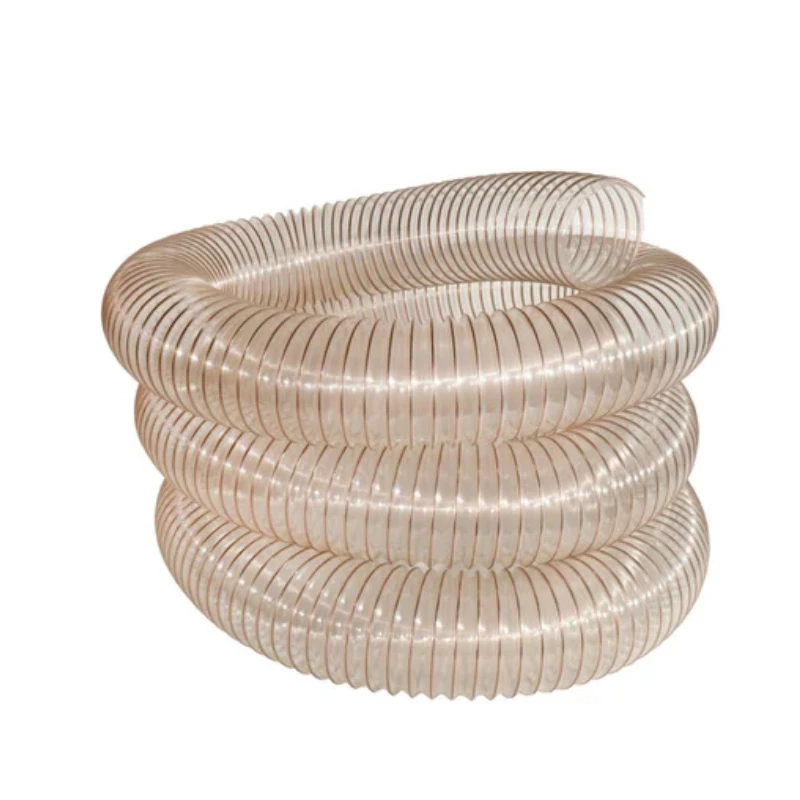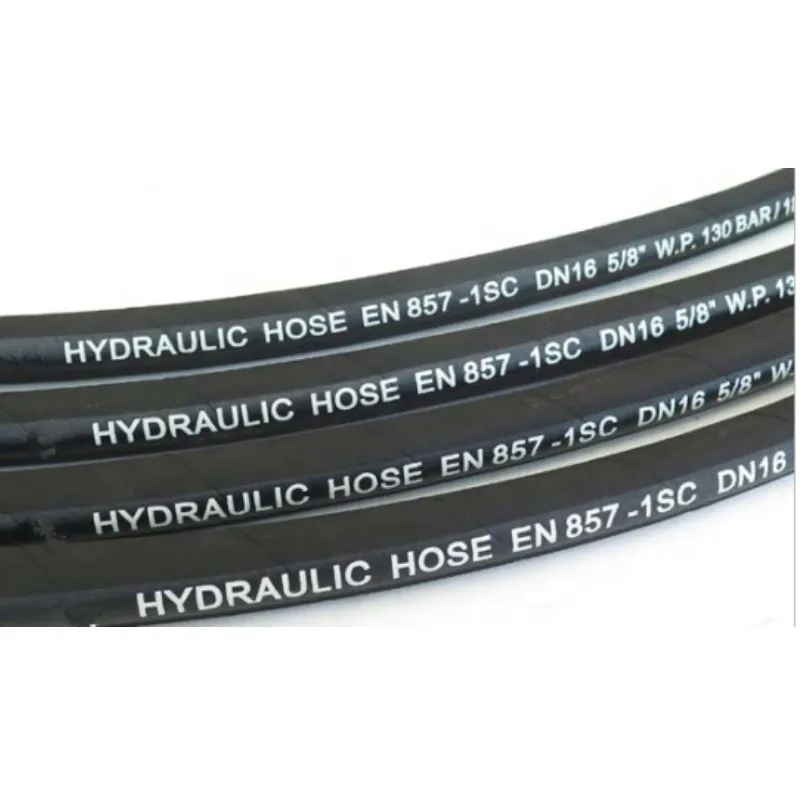
- Afrikaans
- Albanian
- Amharic
- Arabic
- Armenian
- Azerbaijani
- Basque
- Belarusian
- Bengali
- Bosnian
- Bulgarian
- Catalan
- Cebuano
- Corsican
- Croatian
- Czech
- Danish
- Dutch
- English
- Esperanto
- Estonian
- Finnish
- French
- Frisian
- Galician
- Georgian
- German
- Greek
- Gujarati
- haitian_creole
- hausa
- hawaiian
- Hebrew
- Hindi
- Miao
- Hungarian
- Icelandic
- igbo
- Indonesian
- irish
- Italian
- Japanese
- Javanese
- Kannada
- kazakh
- Khmer
- Rwandese
- Korean
- Kurdish
- Kyrgyz
- Lao
- Latin
- Latvian
- Lithuanian
- Luxembourgish
- Macedonian
- Malgashi
- Malay
- Malayalam
- Maltese
- Maori
- Marathi
- Mongolian
- Myanmar
- Nepali
- Norwegian
- Norwegian
- Occitan
- Pashto
- Persian
- Polish
- Portuguese
- Punjabi
- Romanian
- Russian
- Samoan
- scottish-gaelic
- Serbian
- Sesotho
- Shona
- Sindhi
- Sinhala
- Slovak
- Slovenian
- Somali
- Spanish
- Sundanese
- Swahili
- Swedish
- Tagalog
- Tajik
- Tamil
- Tatar
- Telugu
- Thai
- Turkish
- Turkmen
- Ukrainian
- Urdu
- Uighur
- Uzbek
- Vietnamese
- Welsh
- Bantu
- Yiddish
- Yoruba
- Zulu

Apr . 16, 2025 08:10 Back to list
Oil Suction and Delivery Hose Heavy-Duty Fuel Transfer & Chemical Resistance Solutions
Did you know 73% of hydraulic system failures trace back to substandard hoses? Imagine losing $18,000/hour during oil transfer downtime. Industrial operators like you demand oil suction and discharge hoses that outperform competitors while slashing maintenance costs. We'll show you how next-gen solutions crush these challenges.

(oil suction and delivery hose)
Technical Superiority That Outlasts Rivals
Our oil delivery hoses feature quad-layer reinforcement - a game-changer verified by 2,000+ hours of pressure testing. See how we dominate:
| Feature | Standard Hose | Our Pro Series |
|---|---|---|
| Max Pressure (PSI) | 1,200 | 3,500 |
| Temperature Range | -10°F to 180°F | -40°F to 400°F |
Manufacturer Showdown: Why We Win Your Business
While others cut corners, we armor-plate our oil suction and delivery hose
s with military-grade materials. Three reasons to choose us:
- ✅ 18-month warranty vs industry-standard 6 months
- ✅ 48-hour custom fabrication turnaround
- ✅ Real-time pressure monitoring sensors (optional)
Tailored Solutions for Your Unique Needs
Need specialized oil suction and discharge hoses? Our engineers create bespoke configurations:
Offshore Rig Package
Saltwater-resistant sleeves
3x anti-kink coils
Emergency shutoff valves
Biofuel Upgrade
Ethanol-compatible liners
Static dissipation
FDA-certified materials
Proven Performance in Extreme Conditions
When Texon Energy needed oil delivery hoses for Arctic drilling, our solution delivered:
- 🔥 Withstood -58°F without cracking
- 🔥 Reduced spill incidents by 92%
- 🔥 Cut replacement costs by $217K annually
Ready to Revolutionize Your Fluid Transfer?
Join 450+ industry leaders who upgraded to our oil suction and delivery hoses. Limited inventory available - claim your emergency replacement kit today!
14-day performance guarantee | 24/7 technical support

(oil suction and delivery hose)
FAQS on oil suction and delivery hose
Q:What factors should be considered when selecting an oil suction and delivery hose?
A:Key factors include material compatibility with oil types, operating temperature range, pressure ratings, and compliance with industry standards like ASTM or API. Abrasion resistance and flexibility are also critical for longevity.
Q:Can oil suction and discharge hoses handle high-pressure applications?
A:Yes, reinforced hoses with synthetic fiber or steel wire layers are designed to withstand high-pressure oil transfer. Always verify the hose's maximum pressure rating before installation.
Q:Are there specific certifications required for oil delivery hoses?
A:Certifications vary by industry, but common requirements include API 7K for drilling applications, RINA marine approvals, or fire-resistant certifications for hazardous environments.
Q:How do I maintain an oil suction hose to prevent leaks?
A:Regularly inspect for cracks, abrasions, or swelling. Ensure proper storage without kinking, and clean internal surfaces after use to prevent oil residue buildup.
Q:What temperature range can oil suction and discharge hoses tolerate?
A:Most standard hoses operate between -40°C to +120°C. Specialized variants with heat-resistant materials can withstand temperatures up to +150°C for brief periods.
Q:Are oil delivery hoses suitable for chemical exposure?
A:Only hoses with chemical-resistant liners (e.g., NBR or FKM rubber) should be used. Always check compatibility charts for specific chemicals and concentrations.
Q:How often should oil suction hoses be replaced in industrial settings?
A:Replacement intervals depend on usage frequency and environment. Generally, inspect every 6 months and replace every 2-5 years, following manufacturer guidelines and wear patterns.
Latest News
Steel Wire Reinforced Hydraulic Hose SAE 100 R1 / EN853 1SN S
NewsOct.17,2024
Two Layers Steel Wire Reinforced Hydraulic Hose SAE 100 R2 / EN853 2SN
NewsSep.03,2024
Textile Braid Reinforced Hydraulic Hose SAE100 R3+R6
NewsSep.03,2024
Textile Reinforced Hydraulic oil Suction Hose with embedded Steel Wire SAE 100 R4
NewsSep.03,2024
Single Wire Braid and Textile Covered Hydraulic Hose SAE 100 R5
NewsSep.03,2024
High Pressure Thermoplastic Hydraulic Hose SAE 100 R7 / EN855 R7 - SAE 100 R8 / EN855 R8
NewsSep.03,2024
Heavy Duty Four-layer Steel Wire Spiral Reinforced Hydraulic Hose SAE100R9+R10+R12
NewsSep.03,2024
Heavy Duty Multi-layer Steel Wire Reinforced Hydraulic Hose SAE100R13 SAE100R15
NewsSep.03,2024
Latest Products










